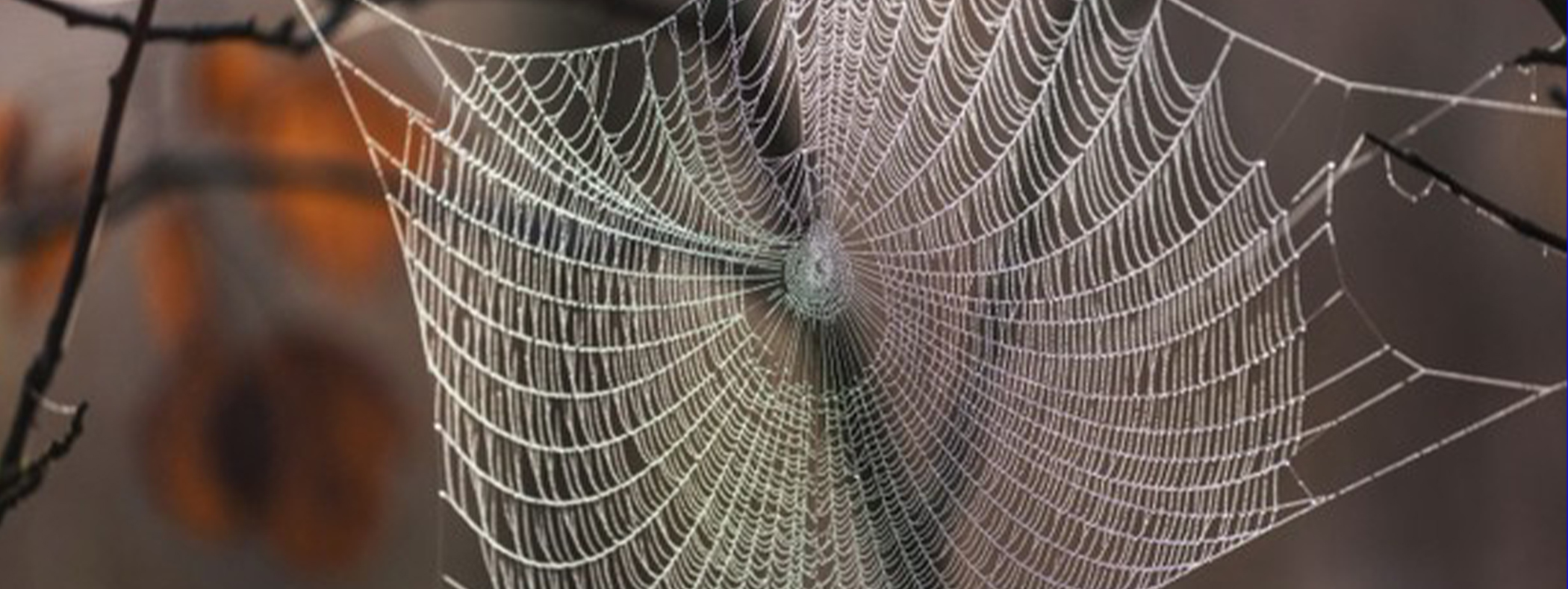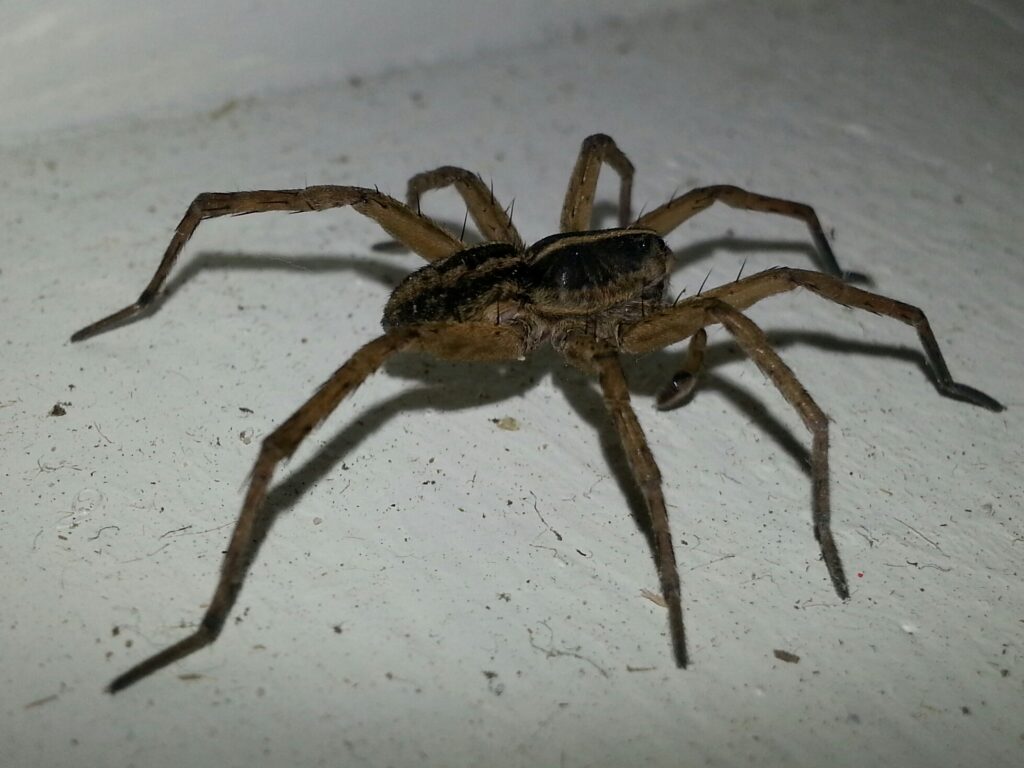 Among all the creepy crawlers homeowners may find on their property, spiders are perhaps the most dreaded. While these eight-legged critters are no doubt hazardous to small insects, they may not entirely deserve their negative reputation. In fact, most of the species humans may encounter in Thornhill are quite harmless. On top of that, spiders are fascinatingly diverse and have many special abilities. Consider a few key facts about the role of silk in a spider's life, including how this material is used and created.
Among all the creepy crawlers homeowners may find on their property, spiders are perhaps the most dreaded. While these eight-legged critters are no doubt hazardous to small insects, they may not entirely deserve their negative reputation. In fact, most of the species humans may encounter in Thornhill are quite harmless. On top of that, spiders are fascinatingly diverse and have many special abilities. Consider a few key facts about the role of silk in a spider's life, including how this material is used and created.
 Among all the creepy crawlers homeowners may find on their property, spiders are perhaps the most dreaded. While these eight-legged critters are no doubt hazardous to small insects, they may not entirely deserve their negative reputation. In fact, most of the species humans may encounter in Thornhill are quite harmless. On top of that, spiders are fascinatingly diverse and have many special abilities. Consider a few key facts about the role of silk in a spider's life, including how this material is used and created.
Among all the creepy crawlers homeowners may find on their property, spiders are perhaps the most dreaded. While these eight-legged critters are no doubt hazardous to small insects, they may not entirely deserve their negative reputation. In fact, most of the species humans may encounter in Thornhill are quite harmless. On top of that, spiders are fascinatingly diverse and have many special abilities. Consider a few key facts about the role of silk in a spider's life, including how this material is used and created.

